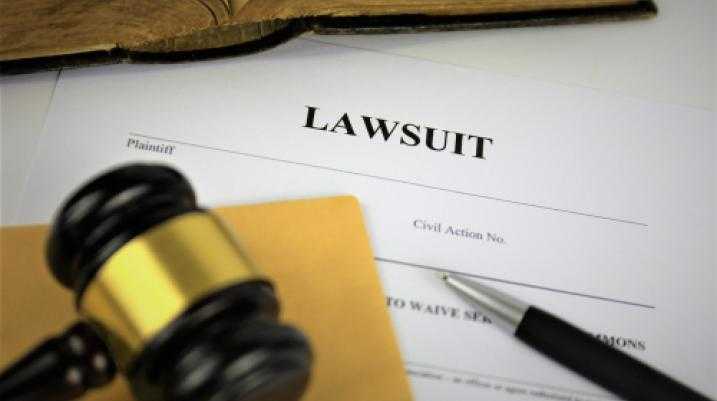How Does an Injury Lawsuit Work?

The thought of enduring a drawn-out lawsuit after an accident can be overwhelming enough for people to forgo taking legal action entirely. However, while it can be a complicated process, it’s a necessary one that must be taken in order to avoid paying for the costs of your injury out of pocket.
Injury lawsuits become a lot less daunting once you’ve spoken with and retained an attorney, but it’s still important to know what you’re getting into. Continue reading for a breakdown of how an injury lawsuit works.
What Are the Stages Before an Injury Lawsuit?
The most important thing after an injury is your health, well-being, and safety. Your first step is to seek medical attention. Once you’ve recovered enough to take legal action, you’ll speak with an attorney and file a claim. Here’s information about that step and the ones that follow.
File a Claim
If you believe someone’s action or failure to act was behind the damages you sustained, your first step is to file a claim. With Morgan and Morgan, you can do so by filling out our free case evaluation and telling us more about your situation.
Qualifying situations require qualified attorneys, and you’ll need one that specializes in the type of violation behind your case. Our team can point you in the right direction and, if we’re a good fit, help you navigate through the process as your legal representation.
Onboarding Phase
Here is where your legal team will dig into your case and explore the finer details. They’ll review any available documentation and prepare you for the next steps, giving you all the information you need to put your best foot forward.
Opening a Case
Your attorney will work with your insurance company and the at-fault party’s provider to gauge the value of your claim using coverages and policy limits. Next, they’ll start to gather third-party evidence, including police reports, photos/videos of the accident, and medical records.
Demand Letter
Once your attorney has everything they need, they’ll craft and send a demand letter to the at-fault party’s insurance provider outlining compensation based on the evidence they’ve collected. They can either accept the demand and grant you a settlement or return a counteroffer, arguing against one or more of the damages.
A majority of cases are resolved in an agreement, but some can go on for longer than that. If there’s no possibility of reaching an agreement, you’ll have to file a lawsuit.
What Are the Stages of an Injury Lawsuit?
There’s no guarantee that settlement negotiations turn out in your favor. Sometimes, you’ll need a lawsuit to reach a successful outcome. Here are the stages of that process.
Pleadings
Your attorney and the defendant’s representation will file documents in court to begin the process. This includes your attorney filing your complaint and demand for judgment and the defendant’s party issuing defenses and answers to items in your complaint.
The expertise of your attorney is critical at this stage. Each document submitted to the court will need to be 100% accurate, free of spelling errors/typos, and within the relevant legal timelines. You’ll also need a strongly built case to move past this stage, so make sure to choose the firm with the best possible chance of reaching a successful outcome, Morgan and Morgan.
Discovery
This pre-trial stage involves both parties telling their sides of the story. Testimony is given, evidence is filed, and arguments are presented. Some cases - where this is an overwhelming amount of evidence against either side - end here, but chances are you’ve prepared a very strong case at this point.
The discovery stage is the major focal point of an injury lawsuit. Alongside strong evidence, you’ll need an attorney with the experience to craft the strongest arguments and reach a successful outcome.
Resolution
After all the evidence has been presented, both sides will meet and negotiate a settlement agreement. However, there’s a chance that none can be reached, and the case will have to go to trial to resolve.
The process essentially starts over, except, this time, it’s in front of a judge, who will render a verdict. If it goes in your favor, you’re awarded damages, and the defendant is legally required to honor them.
Why Choose Morgan and Morgan?
There are thousands of attorneys online, but there’s only one Morgan and Morgan. As the largest personal injury firm in the U.S., our size, resources, and reputation can help you to fight for the maximum compensation you deserve. Use our free case evaluation to get started.
Injured? Getting the compensation you deserve starts here.
